Last Updated on July 25, 2022
The wheels of any vehicle depend on power from the engine in order to make them turn and move the vehicle. The driveshaft (also called a propeller shaft or prop-shaft) is the component which is responsible for transmitting this power from the engine to the rear wheels of a rear-wheel-drive vehicle.
If you are driving a front-wheel drive vehicle, then it contains half shafts to deliver power to the front wheels. However, in a four-wheel drive vehicle, a driveshaft must deliver the power to the front and back wheels. For this reason, there are two driveshafts in a four-wheel drive vehicle. One for the front two wheels and another for the back two wheels.
While most people will likely never have to deal with a bad driveshaft, it does happen. Keep reading to see how a driveshaft functions, understand the symptoms of a faulty driveshaft, and get the average replacement cost if it comes to that.
How a Driveshaft Works
The driveshaft is what makes any vehicle move by connecting the rear differential to the car’s engine and transmission. It is a mechanical component shaped like a tube or cylinder which allows the transmission to power the differential. This is how the rear wheels of a standard car are able to move in the first place.
The driveshaft is long since it has to run from the front transmission to the rear differential. To help with the flexibility of the driveshaft, U-joints are located at both ends of the driveshaft. This allows the driveshaft to flex slightly when driving over bumps, potholes, and other road imperfections.
Without this driveshaft, power wouldn’t be supplied to the rear wheels. But don’t worry because driveshafts won’t just fail instantly unless you are involved in a serious accident. They tend to slowly deteriorate over time, which gives drivers a chance to notice the symptoms of the failing shaft early on.
But you have to be able to recognize these symptoms in order to take action by replacing your driveshaft. Otherwise, you could end up seriously damaging your car or ending up in a bad accident.
See Also: The Difference Between Limited Slip Differential and Locking Differential
Top 6 Bad Driveshaft Symptoms
Your vehicle must have a functional driveshaft if it is going to move properly. If your driveshaft were to ever go bad, then there would be some clearly visible symptoms that would present themselves. Here are six common signs to watch out for.
#1 – Turning Issues
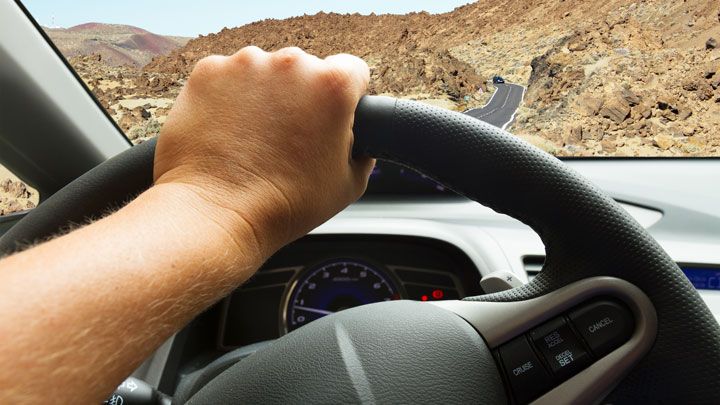
The most obvious symptom of a bad driveshaft is when you have trouble turning your vehicle. Your wheels won’t receive the proper amount of torque due to a U-joint issue at the end of the driveshaft, so making turns will be very difficult due to the additional resistance.
Difficulty in turning can indicate other issues (anything from low power steering fluid to a damaged differential), so combine this symptom with additional symptoms below to help confirm.
Once you confirm it’s the driveshaft at fault, you need to get it replaced quickly or risk an accident due to not being able to control the vehicle.
#2 – Squeaking Noise
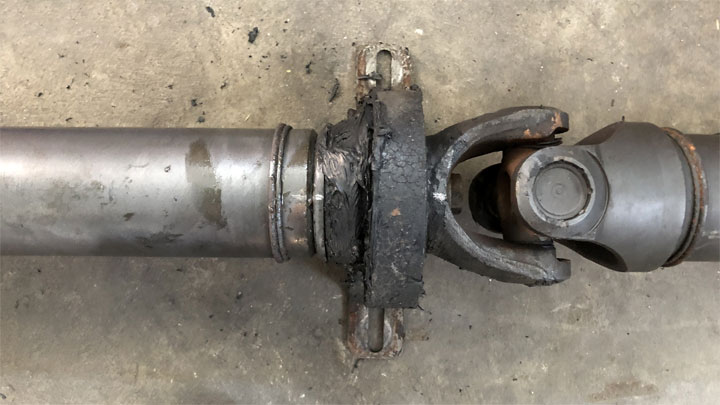
If there is a squeaking sound present that will just not go away, then you may have problems with the driveshaft.
This could be due to worn out internal components such as bushings or bearings within the shaft or U-joint or possibly an imbalance in the shaft. Usually the noise increases as you go faster.
Related: Common Causes of Driveshaft Noise
#3 – U-Joint Rotation Issues
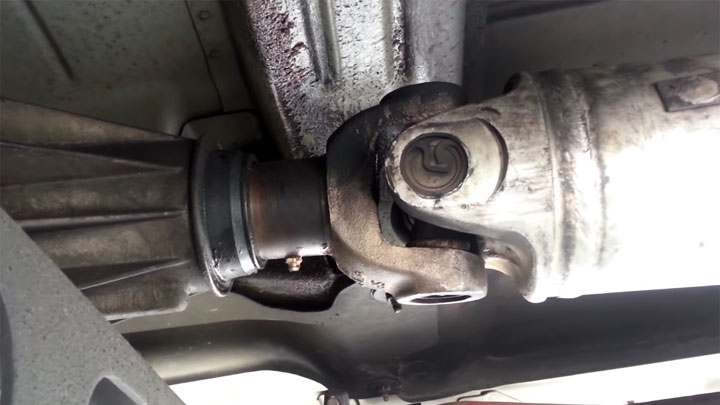
Your driveshaft has a U-joint which rotates at a steady pace. If the rotation fails or speeds up too quickly, then it will cause issues with your driveshaft.
Perhaps you have a bad U-joint or your bearings have rust on the cap seals. This may require you to replace your entire driveshaft if the damage is too significant.
Read Also: 4 Bad Slip Yoke Symptoms
#4 – Clunking Sound
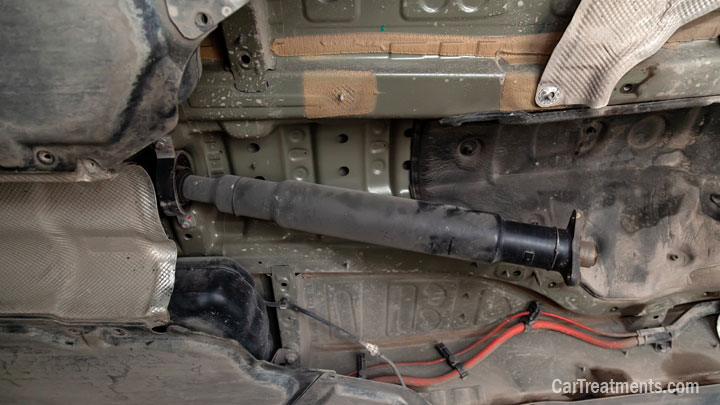
A failing driveshaft could cause clunking sounds to be heard as you step on the gas pedal or drive in reverse. These may be in addition to the squeaking sounds that you normally hear all the time.
At this point, you should feel more than motivated to want to replace your shaft before some real damage occurs.
#5 – Vibrations
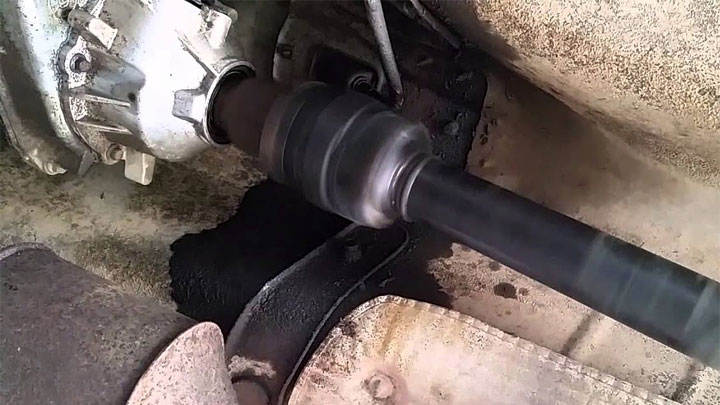
When you have a worn-out driveshaft, it may cause vibrations to come from underneath the vehicle which can be felt through the steering wheel or floor board. These vibrations coupled with another symptom should be a clear sign that your shaft needs to be replaced.
In most of these cases, the shaft may have bushings which are worn out. Remember that the shaft is held in place by the bushings. If the bushings are loose, damaged, or worn out, then your shaft will vibrate because of it. Then it could lean to your shaft getting damaged.
Read Also: Does Your Truck Need a Slip Yoke Eliminator?
#6 – Shuddering While Accelerating

If you experience shuddering or shaking when attempting to accelerate from a stop or low speed, you may have a worn U-joint or center bearing inside the driveshaft. This will usually be accompanied by strange noises as well.
You’ll want to get a certified mechanic to get under your vehicle and check out all driveshaft related components to confirm the issue.
Driveshaft Replacement Cost
Best places to order parts? See: 19 Best Online Auto Parts Stores

The cost to replace a driveshaft for a typical front-engine, rear-wheel drive vehicle can vary quite a bit and is highly dependent on the make and model. On average, you can expect to pay anywhere from $400 to $1,260 total but it can easily approach close to $2,000 for some vehicles.
Parts alone will set you back $300 to $1,000 and for the 1 to 2 hours of work required, the labor cost will usually run from $100 to $260. Keep in mind that you’ll usually pay quite a bit more at a dealership service center than if you were to have an independent repair shop do the work
If you have a four-wheel drive vehicle, you may have two driveshafts but in most cases, only one will need to be replaced.

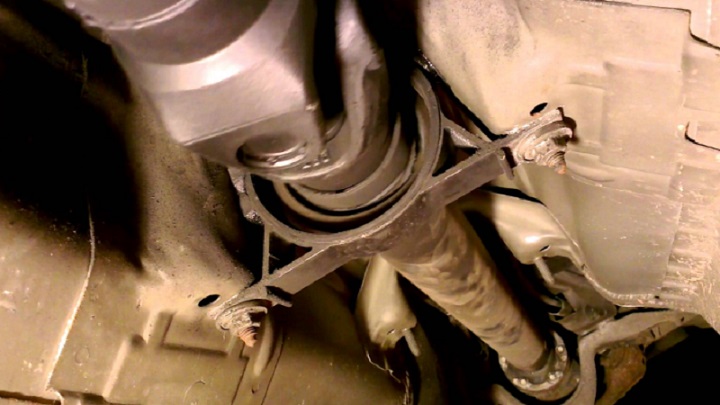
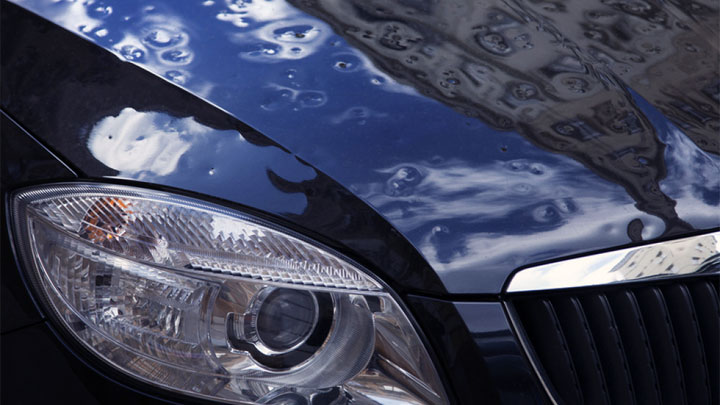


Driveshaft broke on I95 but slowed down and made it home. Dealer wanted 1k for part in stock. I waited 5 days , used VIN to find match and bought online. 110.00 . Same 12/12 warranty as Dealer and bought added warranty for 12.00
Installed was 370. Needed new bolts . Old were rusted and could not be used. 20.00
500.00 car feels so nice but engine light is on. I read it takes 10-20 cycles to turn off. I hope this is the case.
Just wondering what site online did you buy from
Where did you buy it at. My name is Vivian and I’m having problem with my driveshaft
Chris same question as everyone else what’s the website, I’m having similar issues.